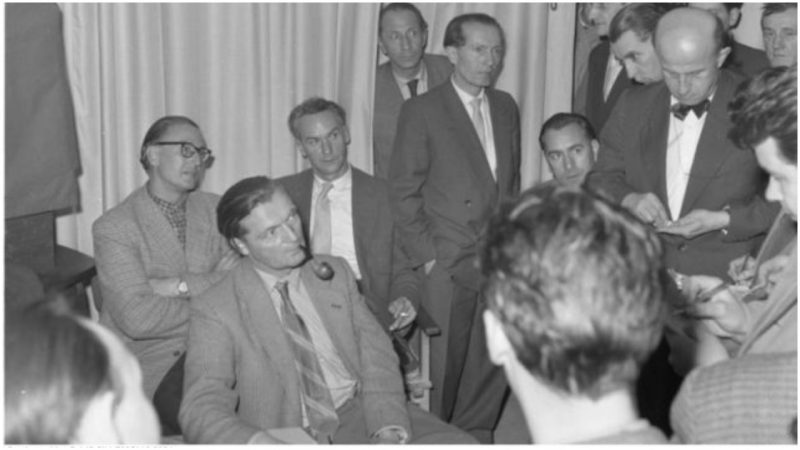Secrecy is an important part of military operations. And while there are many missions we will never know about, here are six top secret missions from the last century.
Some of these played an important role in determining the outcome of key battles, while others were a bit more strange and experimental.
1 Operation Paperclip
Between 1945 and 1959, the US military ran a large-scale operation to recruit some of the top German scientists to work for them. It was carried out by the Joint Intelligence Objectives Agency.
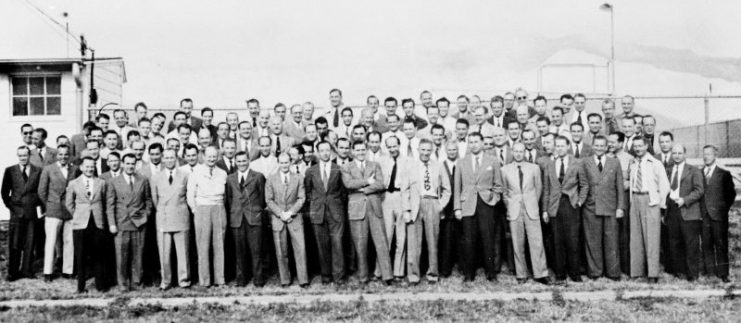
Initially, it was known as Operation Overcast. The name referred to the camp in Bavaria where the scientists and their families were housed temporarily before their journey across the Atlantic. It was renamed Operation Paperclip because a paperclip was added to the notes of those the US wanted to recruit.
The program resulted in more than 1,600 recruits including scientists, technicians, and engineers. The motivation for the project was mostly a response to a successful Russian campaign which had already recruited more than 2,000 scientists with key skills.

The US was particularly keen to recruit rocket scientists to give them an advantage over the Soviet Union in the Space Race.
Fortunately for the US, they had acquired a document with the names of many of the top scientists working in Germany.
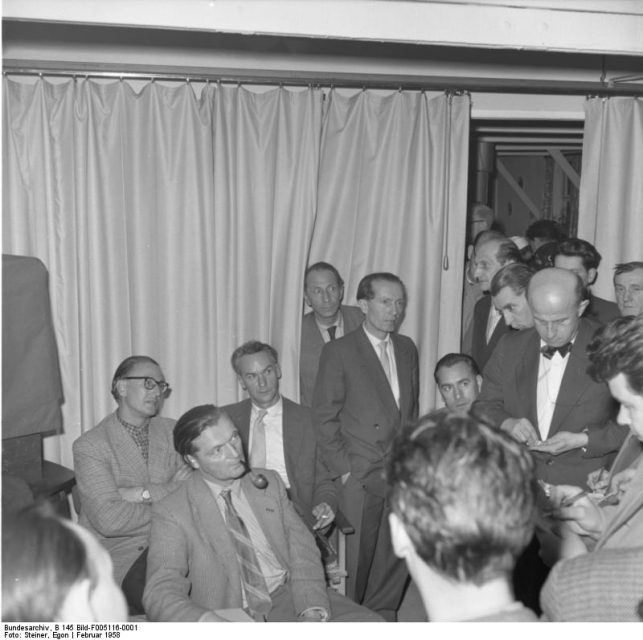
Because of its post-war control of the area, the US could effectively capture the scientists by ordering them to report to the camp in Bavaria with their families and a small number of possessions.
After a period of interrogation, if suitable, they were then taken to the US where they and their families were settled.
2 Project Acoustic Kitty
One of the slightly more surreal examples of covert operations was the attempt by the CIA to use cats to spy on the Kremlin and Embassies in the Soviet Union in 1960.
The procedure involved a veterinary surgeon putting a microphone into a cat’s ear canal and placing a radio transmitter at the base of its skull.

This was not the most successful operation, as cats are difficult to train and have a have a tendency to wander off. It was reported that the first mission ended abruptly when the cat went looking for food and was hit by a taxi – although that story has since been disputed.
Seven years and $20 million later, the CIA decided that the project wasn’t feasible.
3 Operation Mincemeat
Operation Mincemeat was a slightly macabre operation carried out by British Intelligence in the lead up to the invasion of Sicily in July 1943.
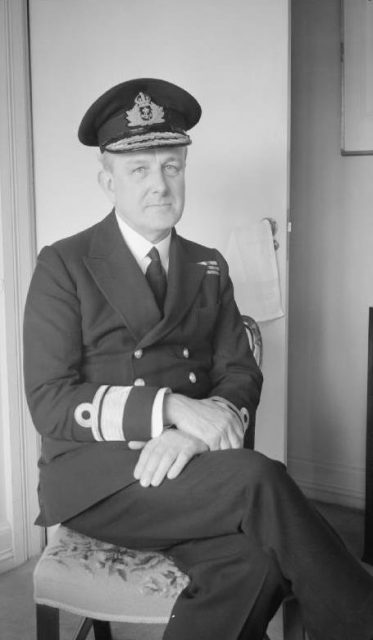
They found the body of a tramp who had died from eating rat poison and dressed him up as a US officer providing not only fake ID but more importantly false papers.
These contained false information about a plan by the Allies to invade Sardinia and Greece. The documents also made out that an attack on Sicily would merely be a feint – a tactic to distract the enemy from the real target.
In reality, the reverse was the case.
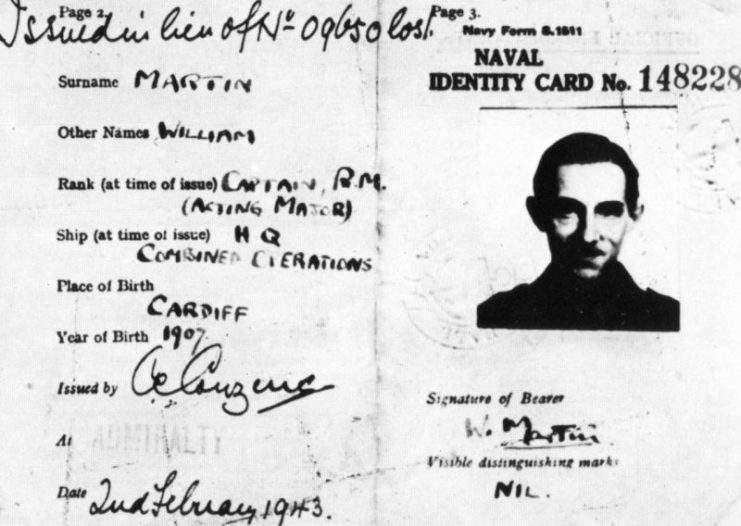
The body, dressed in a US Navy uniform, was left in the sea, close to the southern Spanish shores where it was discovered by fishermen. Although Spain was neutral, the papers were shown first to Germany before being passed back to the British.
As the Allies had hoped, Germany diverted forces to Greece and Sardinia, leaving Sicily unprotected, so it was easily recaptured by the Allies.
4 Project Iceworm
Another secret Cold War project was appropriately codenamed Project Iceworm. Launched in 1960, the US told the Danish government (who were then in control of Greenland) that they were researching into the possibility of working under the ice sheet which covered most of Greenland.

The US called this project “Camp Century.”
However, this was a cover for the top secret and much more sensitive Project Iceworm. The real purpose of their underwater explorations was to create a network of sites for launching medium-range nuclear weapons.

The location was chosen because it was close enough to strike targets within the Soviet Union. However, unsteady ice conditions within the ice sheet resulted in the project being abandoned six years later.
5 Operation Eiche
Operation Eiche – German for “oak” – was also known as the Gran Sasso Raid as it took place out in the high mountains on the Italian Gran Sasso massif. This was an operation carried out in September 1943 to rescue the Italian dictator Mussolini.
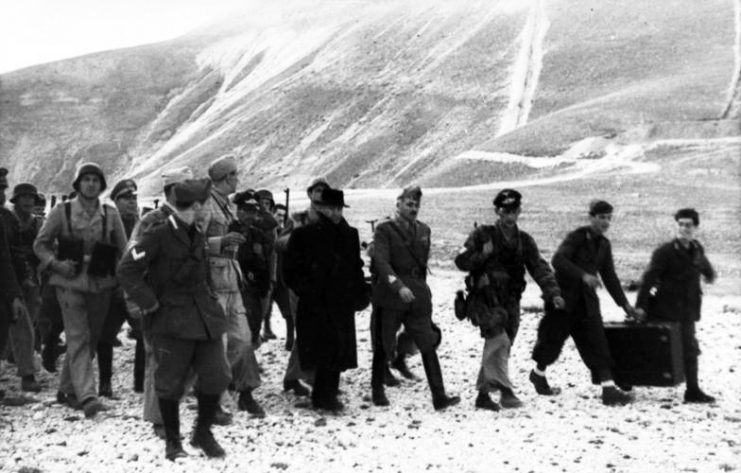
Mussolini had been arrested a few months before following a vote of no confidence from the Italian Grand Council of Fascism.
A fleet of ten gliders, each carrying nine men, was sent out under a direct order form Hitler.
They flew to the Gran Sasso massif where Mussolini was being held in the Campo Imperatore Hotel the Apennine Mountains.

With the exception of one glider crashing, the operation went smoothly. The remaining paratroopers stormed the hotel and Mussolini was transported to Hitler’s headquarters in Rastenburg.
6 Project MKUltra
The now notorious project MKUltra might sound like something out of a dystopian futuristic novel, and it’s not surprising to find out that it has inspired films and books.
However, the real MKUltra was a secret experiment to research the potential for drugs and other techniques to be used for interrogation, to break down resistance and elicit confessions.
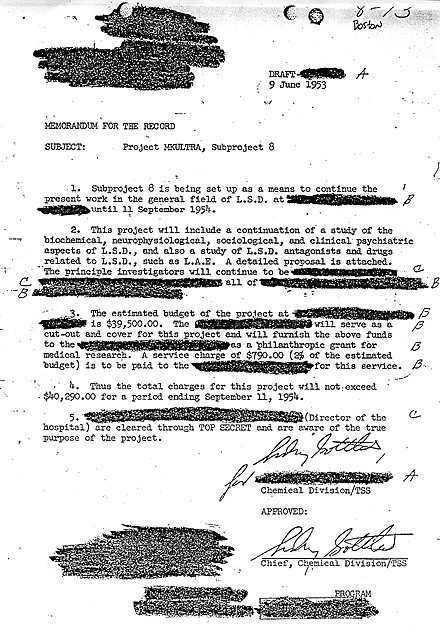
It was organized by the CIA Office of Scientific Intelligence along with the Biological Warfare Labs and used live subjects, many of whom had not consented. They included prisoners and institutionalized mental health patients as well as student volunteers who did not realize what they were actually agreeing to.
Although it ran from 1953 – 1973, the level of activity declined after 1964.
Techniques used included giving the subjects drugs such as LSD in addition to psychological experiments with hypnosis, as well as isolation and sensory deprivation.

The experiment was brought to the attention of the public in 1975 due to the action of the Churches Committee. It was later the subject of an official state inquiry.
Although some documents have since been declassified, many of the records and other documents were destroyed. It is unlikely that the full extent and details of the project will ever be known.
